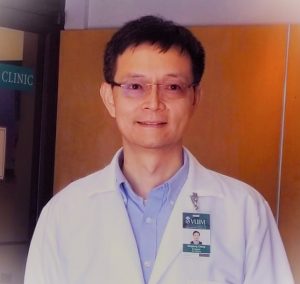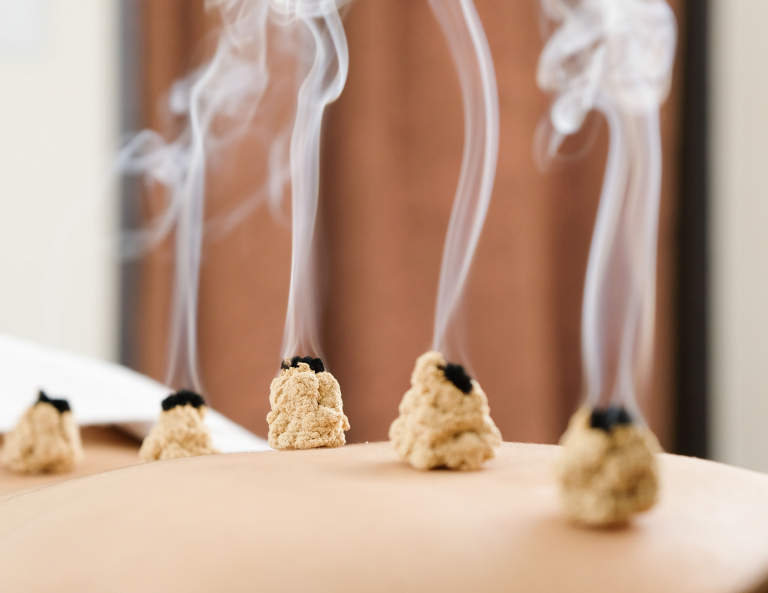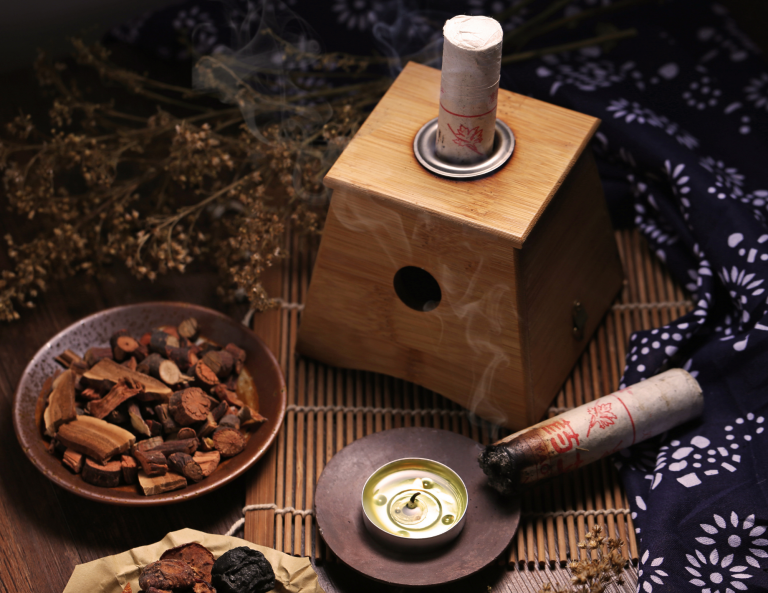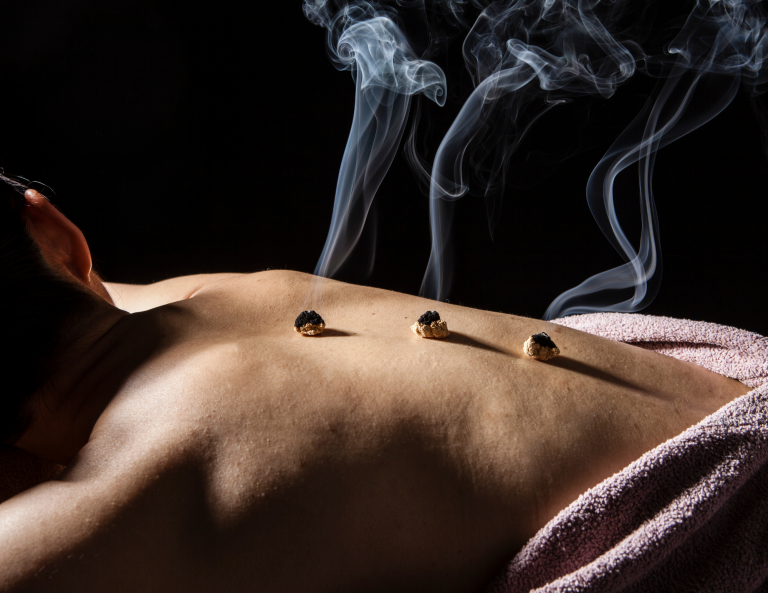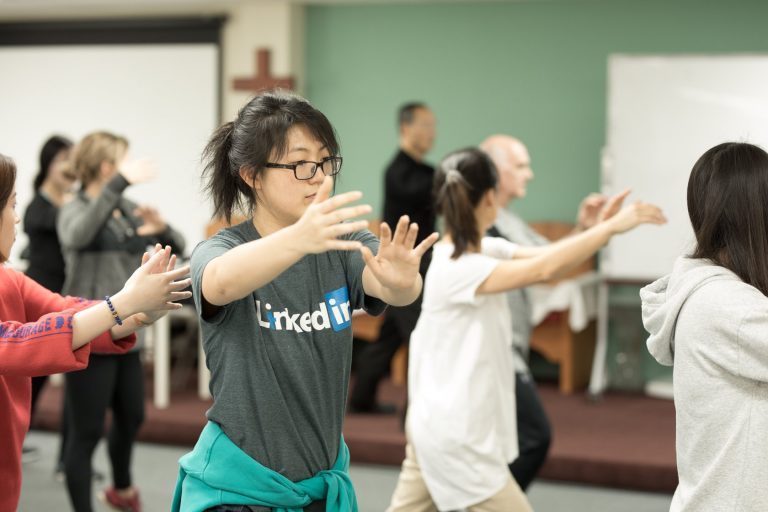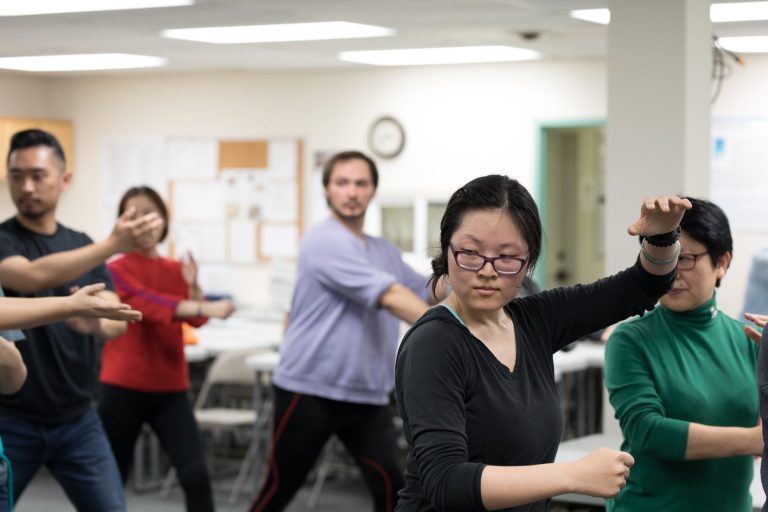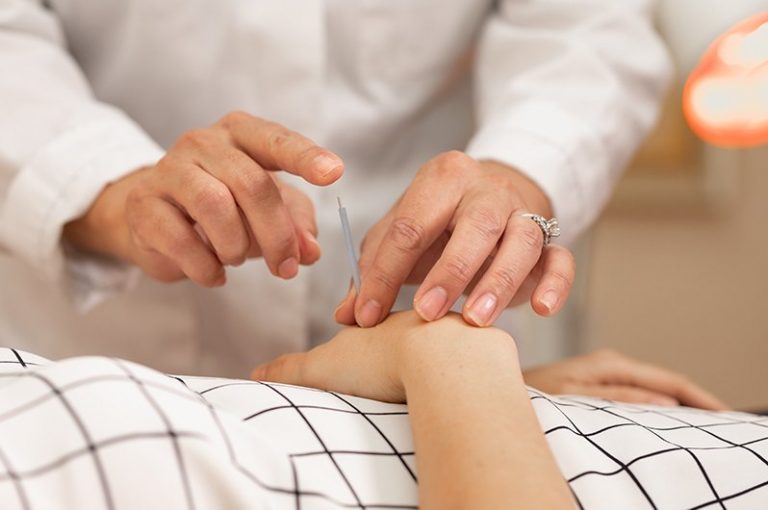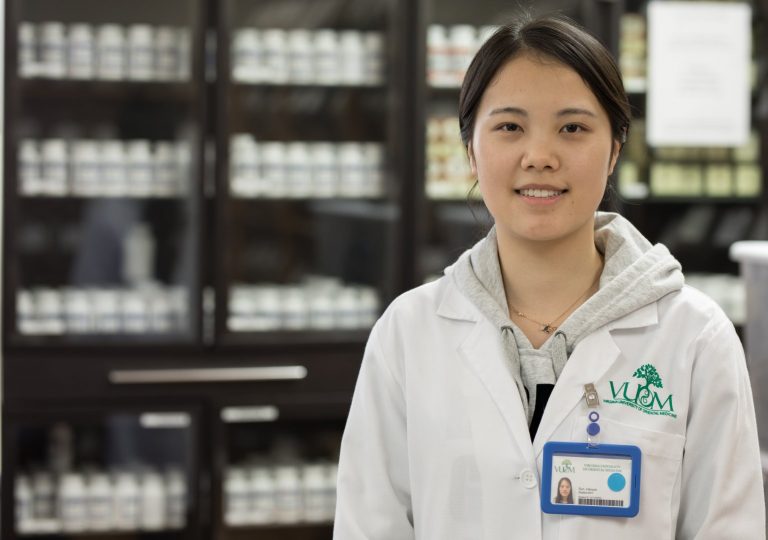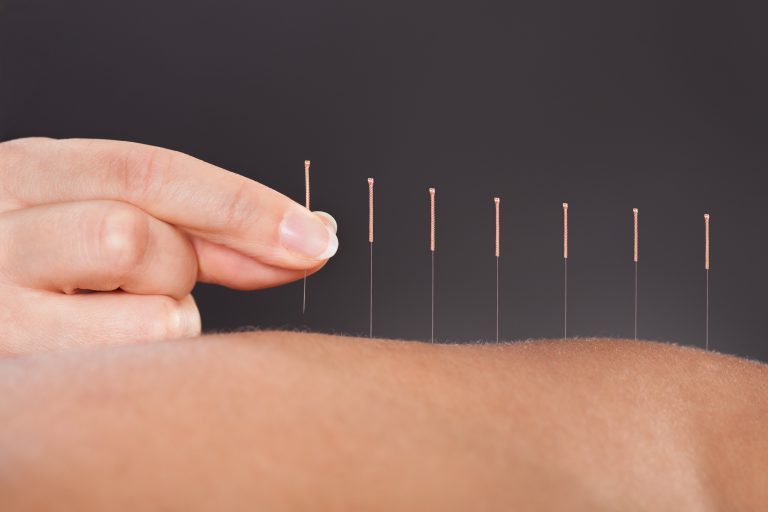Home › Archives for Acupuncture Advocacy Panel
Tongue Diagnosis
The Tongue (Chinese Medicine): The tongue is a critical accessory organ of the human body. It helps with tasting, chewing, and swallowing food and drink. It is also an aid to speech. In Traditional Chinese Medicine, the tongue reflects the health condition of the entire body. Examining the tongue is an essential component of Chinese medicine practice.
What is Tongue Diagnosis?
In Traditional Chinese Medicine, licensed practitioners often examine the tongue to confirm the diagnosis due to its many relationships and connections in the body, both to the meridians and the internal organs. For example, a pale tongue could be a sign of blood deficiency. No tongue coating or thick tongue coating are signs of digestive system issues.
What Can the Tongue Tell About the Body?
Chinese medicine focuses on the body of the tongue and the coating of the tongue. The body of the tongue speaks a lot to the flow of Qi (energy) in one’s body, as well as the quality of one’s blood. Typically, the coating of the tongue tells us the strength of the digestive system and pathogens affecting the body. By looking at both the tongue body and its coating, the practitioner can understand the patient’s current nutritional state and metabolic state.
Below is a Tongue Map, which indicates areas on the tongue in relation to internal organs. The tip of the tongue is the Heart and Lung. The center represents the Stomach and Spleen. The sides are the Liver and Gallbladder and the back represents the Kidney, Bladder, and Intestines.
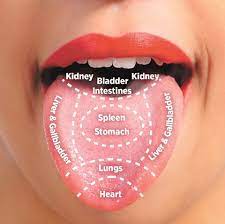
The image below is how a normal tongue should look like, with a color of pale red and a thin white coating.
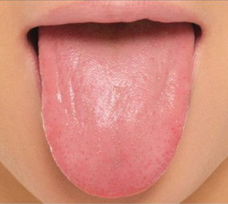
When a body has certain health issues, the tongue will look different. A deep crack down the middle of the tongue indicates a digestive issue. Whereas a swollen tongue with teeth marks on the edges is a sign of fatigue, poor appetite, shortness of breath, or worry. (see image below)
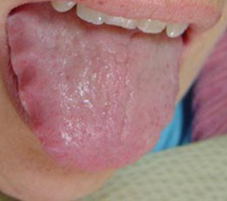
How is Tongue Diagnosis Performed?
The process of tongue diagnosis is relatively quick. All you need to do is to stick your tongue out for a few seconds. The practitioner will take a good look from the tip to the back and from top to underneath.
The first thing to be examined is the tongue’s overall color, whether it is red, pale, or purple. Next is its size. Is it small, thin, or swollen? The tongue’s coating thickness and color are also taken into consideration: If there is no coating, or if the layer of coating is thicker than usual. Is the coating’s color white, yellow, or black? What about its moisture? Is it dry or wet? Is there a presence of teeth marks, red bumps, purple patches and so on.
If you hold your tongue out for too long, the color of your tongue will change. Therefore, during your visit with the licensed practitioner, they will often ask you to close your mouth for a few seconds and bring your tongue out again for the most accurate diagnosis.
How Do Licensed Practitioners Learn About Tongue Diagnosis?
At the Virginia University of Integrative Medicine, students learn tongue diagnosis in Oriental Medicine Diagnosis I and II classes after learning Basic Theory of Oriental Medicine I and II. During the clinical internship, student interns will perform tongue diagnosis as an essential component of Chinese medicine diagnosis, which consists of observations, auscultation, olfaction, inquiring, and palpation including tongue and pulse. Based on the diagnosis, student interns will develop a treatment plan, which will be reviewed and approved by a licensed clinical supervisor. Student interns will then perform the approved treatment plan.
Are You Ready to Take a Look at Your Tongue?
Using the knowledge about the tongue diagnosis, you can monitor your own health by taking a look at your tongue regularly in the mirror and tracking health changes. If you notice a deep crack line, red tongue tip, or other abnormal signs compared to the normal tongue, you might want to consult a licensed practitioner for the most accurate diagnosis and advice.
References
Christina Kapothanasis, L. Ac., Dipl. O.M. Tongue Diagnosis – Traditional Chinese Medicine and Acupuncture, February 3, 2014, https://www.youtube.com/watch?v=ukSuIFY6E_s
Giovanni Maciocia, The Foundations of Chinese Medicine The Third Edition
About the Author
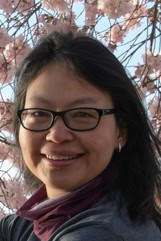
Tong Zhang
Tong started the Master of Science program in Acupuncture at VUIM in October 2017 while holding a full-time job in a financial service firm. In 2022, she earned a Master of Science in Acupuncture at VUIM. Tong enjoys nature and practices Tai Chi regularly.


